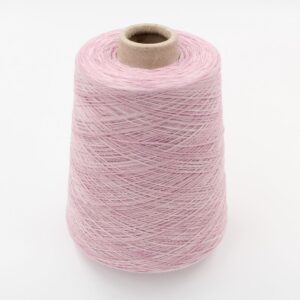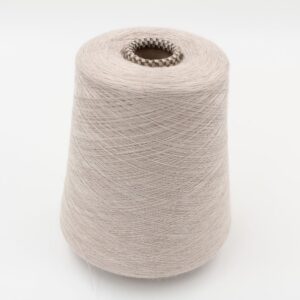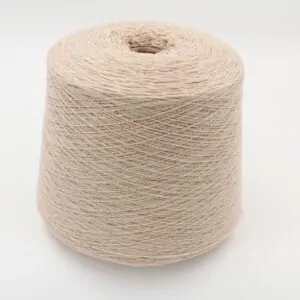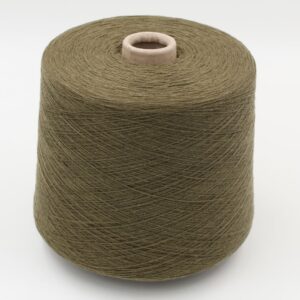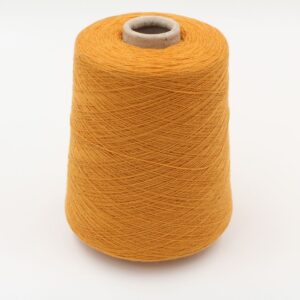No products in the basket.
Woolworms: What They Are, What They Attack, and How to Protect Yourself
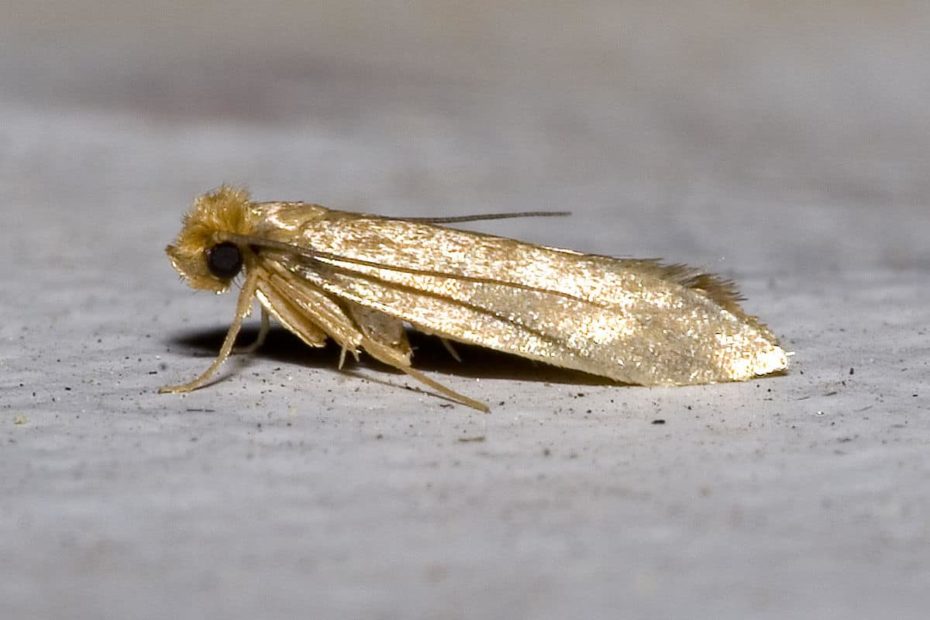
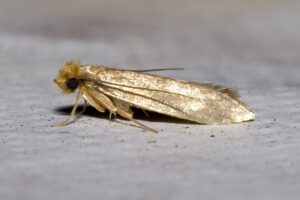 Those who love wool and work with natural yarns will sooner or later encounter an invisible but fearsome enemy: moths. These seemingly harmless little insects can cause serious damage to sweaters, scarves, balls of yarn, and fine garments. In this article, we’ll discover what they attack, how they work, and, most importantly, how to protect your wool yarns and garments.
Those who love wool and work with natural yarns will sooner or later encounter an invisible but fearsome enemy: moths. These seemingly harmless little insects can cause serious damage to sweaters, scarves, balls of yarn, and fine garments. In this article, we’ll discover what they attack, how they work, and, most importantly, how to protect your wool yarns and garments.
Moths don’t attack all fabrics indiscriminately. They are attracted almost exclusively to animal fibers, such as:
Wool (sheep or goat)
Cashmere
Alpaca
Camel
Mohair
Raw silk
Plant fibers (cotton, linen, hemp) and synthetic fibers (acrylic, polyester, nylon) are not attacked, but be careful: if mixed with wool or dirty, they can still become a haven for larvae.
❗ Caution: Moths don’t just eat finished garments, but also balls of natural yarn, especially if stored poorly or in poorly ventilated areas.
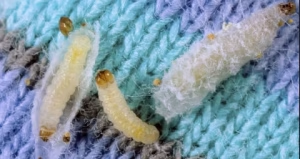 The larvae cause damage. Here’s what happens:
The larvae cause damage. Here’s what happens:
The adult moth (a small, straw-colored butterfly) lays eggs on natural fabrics and yarns.
The eggs hatch into voracious larvae that feed on keratin, a protein found in wool and animal hair.
The larvae tunnel into the wool, creating holes, broken filaments, and sometimes irreversible damage.
Once grown, they become new adult moths, and the cycle begins again.
It all happens silently, often in dark, warm, and humid environments: closets, closed boxes, drawers, attics.
Prevention is the most effective remedy. Here are good practices to protect wool and yarn:
✅ Cleaning before storing
Wash garments before storing them, even if they appear clean: sweat, skin, and perfumes attract moths.
Even balls of yarn should be stored dry and clean, never damp or exposed to dust.
✅ Smart storage
Use vacuum bags, airtight containers, or tightly closed cotton bags.
Insert bay leaves, lavender, cloves, cedar, or other natural repellents.
Air out closets and boxes periodically.
✅ Regular inspections
Check stored garments and yarns occasionally.
Expose yarns to the sun (larvae hate light).
🛡️ What to do if you have moths
If you find holes in your sweaters or signs of larvae in balls of yarn, act immediately:
🔹 Wash everything on a hot cycle
If possible, wash your clothes at 60°C (140°F) or take them to the dry cleaners. Larvae die from heat.
🔹 Clean closets
Vacuum and use white vinegar in corners, especially in drawers and wooden furniture.
🔹 Use natural or chemical remedies
You can use natural repellents (lavender or cedar essential oil) or specific moth-repellent products if the infestation is severe.
 If you use natural yarns like wool or cashmere, especially if they are fine or expensive, store them carefully. Avoid leaving them exposed to the air for long periods, especially in spring and summer, and never store used yarns without washing or checking them. I use ORPHEA in drawers, closets, and shelves; they’re excellent, fragrant, and work perfectly (be sure to read the instructions on the package carefully; you can find them in supermarkets, markets, and even online).
If you use natural yarns like wool or cashmere, especially if they are fine or expensive, store them carefully. Avoid leaving them exposed to the air for long periods, especially in spring and summer, and never store used yarns without washing or checking them. I use ORPHEA in drawers, closets, and shelves; they’re excellent, fragrant, and work perfectly (be sure to read the instructions on the package carefully; you can find them in supermarkets, markets, and even online).
Wool moths are a serious but manageable problem. With a little care in cleaning, storage, and prevention, you can protect your favorite garments and balls of yarn and make them last for years.
Have you ever had problems with moths? Tell us about them in the comments or contact us for tips on how to care for your natural yarns.



